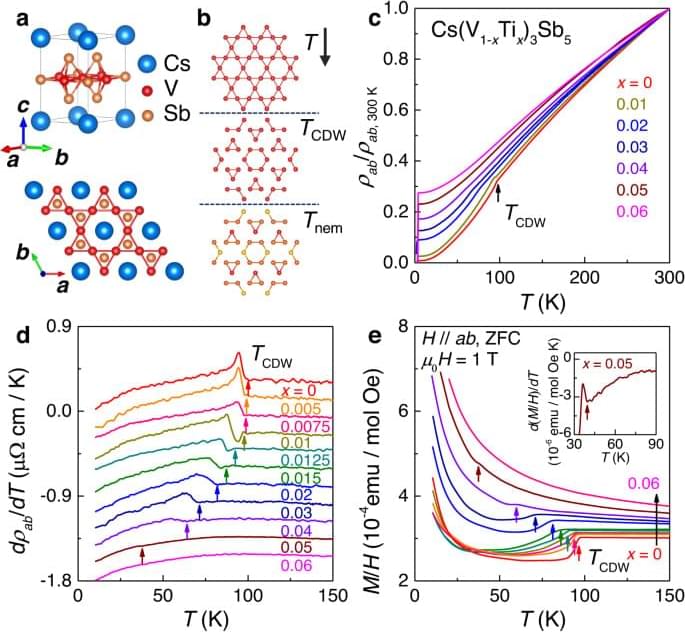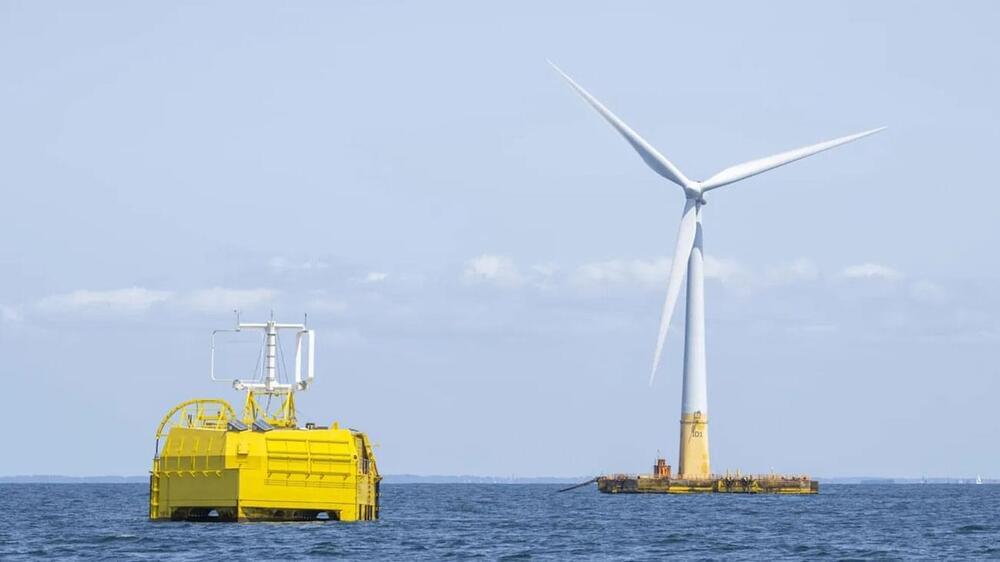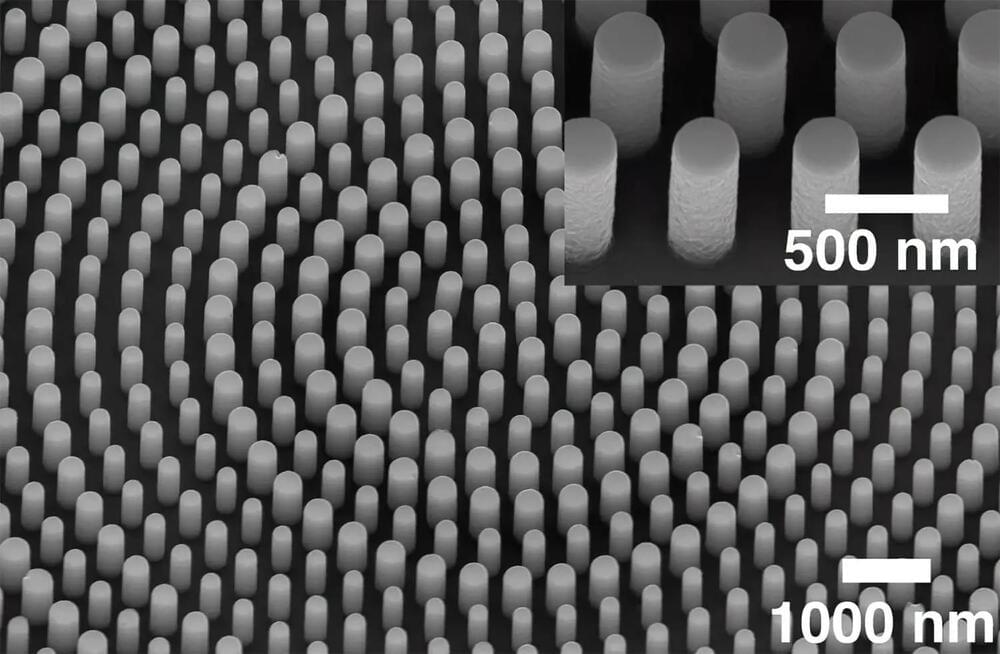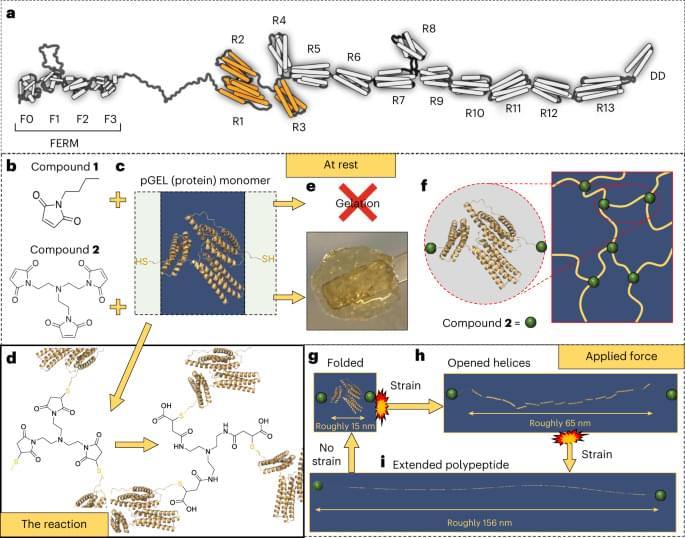Year 2020 Turning trash into graphene for cheap.
Flash Joule heating of inexpensive carbon sources is used to produce gram-scale quantities of high-quality graphene in under a second, without the need for a furnace, solvents or reactive gases.



The Emerald Ash Borer Network says that once the beetles reach their adult stage, the metallic green bugs will eat up foliage on ash trees – their only food source. But it’s the larvae that eat up the inner bark of ash trees and prevent nutrients and water from circulating.
Once that happens, Littleton officials said the tree that’s been attacked becomes structurally unsound and will die within just a few years.
It’s believed that the insects were introduced to the U.S. from Asia after tagging along on solid wood packing material, the network said. They were first discovered in the U.S. near Detroit in 2002, and have since expanded to at least 35 states as well as at least five Canadian provinces. Ash trees will typically lose most of their canopy within two years of an infestation and die within three to four years, the National Invasive Species Information Center says.

Danish architect Bjarke Ingels has collaborated with clothing brand Vollebak to design an entirely self-sufficient, off-grid island home in Nova Scotia, Canada.
Planned for an island within Jeddore Harbour, the house is designed to exemplify the clothing brand’s ideals and Ingels’ studio BIG’s “philosophy of hedonistic sustainability”.
“Vollebak is using technology and material innovation to create clothes that are as sustainable and resilient as they are beautiful,” said Ingels.
Engineers at the University of Illinois Urbana-Champaign have developed a new test that can predict the durability of cement in seconds to minutes—rather than the hours it takes using current methods. The test measures the behavior of water droplets on cement surfaces using computer vision on a device that costs less than $200. The researchers said the new study could help the cement industry move toward rapid and automated quality control of their materials.
The results of the study, led by Illinois civil and environmental engineering professor Nishant Garg, are reported in the journal npj Materials Degradation. The paper is titled “Rapid prediction of cementitious initial sorptivity via surface wettability.”
“Concrete is one of the most consumed materials on our planet, second only to water,” Garg said. “Over time, the concrete used to build our infrastructure degrades over time via exposure to deicing salts; freeze and thaw cycles; and ingress of water—all of which can lead to corrosion of the rebar that is used to strengthen the structures. Ultimately, this leads to failure, sometimes catastrophically, as seen in the 2021 condominium collapse in Surfside, Florida, where 98 lives were lost.”

Although there are several methods of 3D-printing metal objects, all of them involve the application of heat – which isn’t conducive to producing certain heat-sensitive electronics, among other things. A new gel, however, can be used to print such items at room temperature.
Created by a team of scientists at North Carolina State University, the material starts out as a solution consisting of copper microparticles suspended in water. Microparticles of another metal, known as eutectic gallium indium alloy (EGaIn) are then added, as is hydrochloric acid.
The latter sets the pH of the water to 1.0, removing oxides from the EGaln and thus temporarily turning it to a liquid-metal state. This causes the EGaln particles (now globules) to cling to the firmer copper particles, forming a network of copper particles connected by EGaln bridges. Methylcellulose is also added, to bulk up the mixture.

Lhyfe announced that Sealhyfe, the world’s first offshore hydrogen production pilot, has started producing its first kilos of green hydrogen in the Atlantic Ocean, marking a decisive milestone for the future of the sector. The Sealhyfe was successfully towed 20 kilometers out into the Atlantic and connected with the SEM-REV power hub.
The progress in the project demonstrates Lhyfe’s ability to bring about concrete advances in the hydrogen industry and at great strides. In launching the world’s first offshore hydrogen production pilot, Lhyfe wanted to prove the technical feasibility of this kind of initiative and to gain operational experience to facilitate rapid scaling up.
The company has therefore made a bold decision to subject Sealhyfe to the toughest conditions. The platform will be tested under real conditions on a re-engineered floating structure connected to Central Nantes’ SEM-REV offshore testing hub, which is already linked with a floating wind turbine.

Two studies report new methods for using metasurfaces to create and control dark areas called “optical singularities.”
Optical devices and materials allow scientists and engineers to harness light for research and real-world applications, like sensing and microscopy. Federico Capasso’s group at the Harvard John A. Paulson School of Engineering Applied Sciences (SEAS) has dedicated years to inventing more powerful and sophisticated optical methods and tools. Now, his team has developed new techniques to exert control over points of darkness, rather than light, using metasurfaces.
“Dark regions in electromagnetic fields, or optical singularities, have traditionally posed a challenge due to their complex structures and the difficulty in shaping and sculpting them. These singularities, however, carry the potential for groundbreaking applications in fields such as remote sensing and precision measurement,” said Capasso, the Robert L. Wallace Professor of Applied Physics and Vinton Hayes Senior Research Fellow in Electrical Engineering at SEAS and senior corresponding author on two new papers describing the work.
